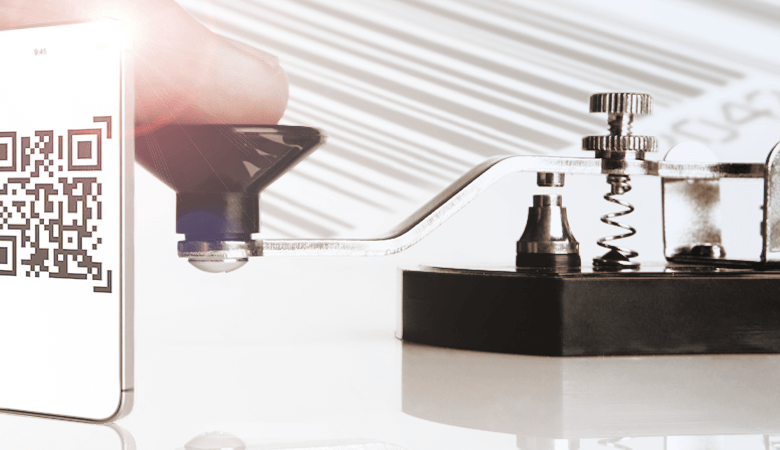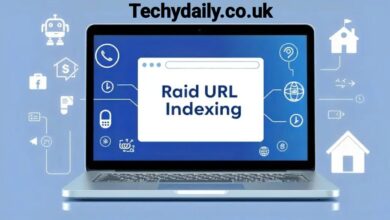The Evolution of Communication: Integrating QR Codes into Formal Correspondence

In our increasingly digital world, the way we communicate is constantly evolving. One interesting trend is the integration of technology into traditional forms of communication, such as formal letters. Among the tools that have emerged to facilitate this shift is the QR code generator, which allows individuals and organizations to enhance their correspondence in innovative ways.
Understanding the QR Code Generator
A QR code (Quick Response code) is a type of matrix barcode that can be scanned using a smartphone or tablet. These codes can store a variety of information, from URLs to text and contact details. A QR code generator enables users to create these codes easily, making them accessible to anyone, regardless of technical expertise. With just a few clicks, one can create a code that links to a website, a digital portfolio, or even a video presentation.
Integrating QR Codes into Formal Letters
Formal letters have long been a staple of professional communication, used for everything from job applications to official correspondence. However, as digital communication becomes more prevalent, there is a growing need to adapt these traditional formats. Incorporating a QR code into a formal letter can add an interactive element that engages the recipient in a new way.
For example, a job applicant could include a QR code that links directly to their LinkedIn profile or portfolio. This not only provides the recipient with easy access to more information but also demonstrates the applicant’s tech-savviness and modern approach. Similarly, businesses can utilize QR codes in official correspondence to direct clients to relevant resources, such as product catalogs or promotional videos.
Benefits of Using QR Codes in Formal Letters
1. Enhanced Engagement: QR codes can make formal letters more engaging, allowing recipients to explore additional content that complements the message.
2. Streamlined Information Sharing: Rather than overwhelming a formal letter with lengthy descriptions, a QR code can link to detailed documents or presentations.
3. Modernizing Communication: Including a QR code signifies a willingness to embrace modern technology, which can reflect positively on the sender, whether it be an individual or a corporation.
4. Eco-Friendly Options: By directing recipients to digital resources, QR codes can help reduce paper usage, making communication more environmentally friendly.
Best Practices for Incorporating QR Codes
When incorporating QR codes into a formal letter, it’s essential to follow some best practices:
– Clear Instructions: Ensure that the recipient knows how to use the QR code by including a brief instruction or explanation.
– Test the Code: Before sending the letter, test the QR code to ensure it directs to the intended content.
– Maintain Professionalism: Design the letter and the QR code to match the overall tone and branding of your communication.
Conclusion
The integration of a QR code generator into the creation of formal letters represents a fascinating convergence of traditional and modern communication methods. By incorporating QR codes, individuals and organizations can enhance their correspondence, making it more interactive and accessible. As we continue to navigate the digital age, adapting our communication strategies will be crucial in maintaining effective connections. Embracing tools like QR codes can help ensure that our formal letters remain relevant and engaging in an ever-evolving landscape.



